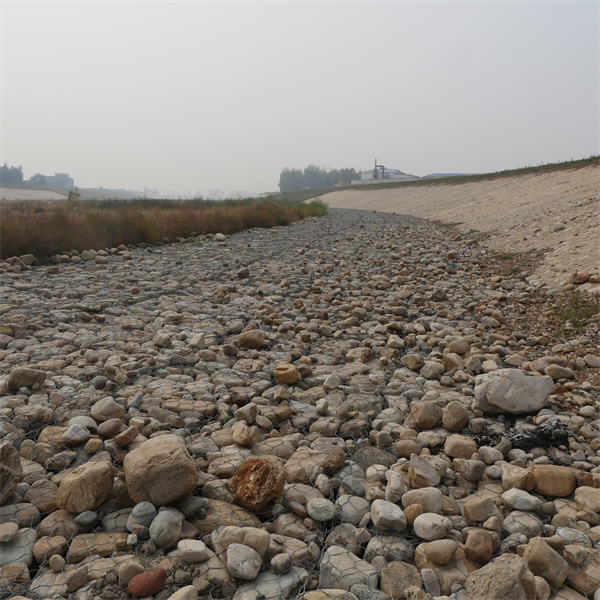11月 . 25, 2024 05:02 Back to list
gabion basket mesh
The Versatility of Gabion Basket Mesh
Gabion basket mesh systems have gained significant attention in various engineering and landscaping projects due to their unique design and functional benefits. These mesh structures, typically made from galvanized steel or PVC-coated wire, are used to create durable and sustainable solutions for a range of applications. From erosion control to aesthetic enhancements in gardens and parks, gabion baskets offer a versatile approach to modern construction and landscaping.
What is a Gabion Basket?
A gabion basket is essentially a wire mesh container filled with rocks, stones, or concrete, forming a robust structure that can hold soil and resist environmental pressures. The mesh plays a crucial role in providing stability and functionality. It allows water to flow through, preventing the buildup of hydrostatic pressure that can lead to failures in traditional retaining wall systems. This permeability makes gabion baskets an excellent choice for managing water runoff and protecting against erosion.
Applications in Erosion Control
One of the primary uses of gabion baskets is in erosion control. In areas prone to soil erosion due to rainfall or flooding, gabion structures can stabilize slopes and prevent the loss of soil. By strategically placing gabion baskets along riverbanks, hillsides, or along the edges of construction sites, engineers can create barriers that absorb the force of moving water, thereby maintaining the integrity of the landscape. The basket's ability to blend naturally with the environment, especially when filled with local stones, makes them an aesthetically pleasing option as well.
Structural Reinforcement
gabion basket mesh

Gabion baskets are also employed in civil engineering projects to reinforce structures. They are often used in retaining walls to support soil behind the wall, allowing for the construction of walls that can hold back significant loads. The flexibility of the wire mesh allows for expansion and contraction with the natural movement of the earth, making it a resilient choice compared to traditional concrete walls, which may crack or shift over time. The modular nature of gabion baskets means they can be constructed in various sizes and shapes to suit specific structural needs.
Landscaping and Aesthetic Appeal
Beyond their functional uses, gabion baskets are increasingly popular in landscaping for their aesthetic qualities. Garden designers and architects appreciate the way these structures can enhance the visual appeal of outdoor spaces. When filled with vibrant stones, colored glass, or even recycled materials, gabion baskets can serve as beautiful features in parks, gardens, and public spaces. They can be used as seating areas, decorative walls, or planters, providing a blend of functionality and artistry.
Environmental Benefits
The use of gabion baskets is also environmentally friendly. The materials used in gabion construction, typically sourced from local quarries or recycled sources, reduce the carbon footprint associated with transportation and manufacturing. Furthermore, since these structures facilitate drainage, they contribute to the natural water management processes, promoting healthier ecosystems.
Conclusion
In conclusion, gabion basket mesh systems represent a remarkable fusion of practicality and design. Their contributions to erosion control, structural support, landscaping, and environmental sustainability position them as an essential tool in modern construction and landscape architecture. With the growing emphasis on sustainable building practices, the use of gabion baskets will likely continue to increase, making them a staple in civil engineering and landscaping projects for years to come. Their versatility, durability, and aesthetic appeal mark gabion baskets as a forward-thinking solution to some of today’s most pressing environmental and structural challenges.
-
Visualizing Gabion 3D Integration in Urban Landscapes with Rendering
NewsJul.23,2025
-
The Design and Sustainability of Gabion Wire Mesh Panels
NewsJul.23,2025
-
The Acoustic Performance of Gabion Sound Barriers in Urban Environments
NewsJul.23,2025
-
Mastering the Installation of Galvanized Gabion Structures
NewsJul.23,2025
-
Gabion Boxes: Pioneering Sustainable Infrastructure Across the Globe
NewsJul.23,2025
-
Custom PVC Coated Gabion Boxes for Aesthetic Excellence
NewsJul.23,2025
-
Installation Tips for Gabion Wire Baskets in Erosion Control Projects
NewsJul.21,2025






